Resources for Teaching about Biogeochemical Cycles
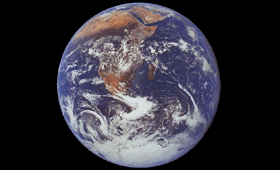 |
Educators! Are you looking for a way to get your students thinking about the Earth as an interconnected system? If so, consider introducing them to biogeochemical cycles. Through these cycles of the Earth system, such as the carbon and nitrogen cycles, elements travel between the atmosphere, hydrosphere, biosphere, and geosphere. Learning about these cycles gives students an understanding of some of the connections between "spheres" of the Earth system!
The resources below are from Windows to the Universe and our partners. We hope you find them useful as you include Earth system science in your classroom! |
- Educational resources from Windows to the Universe
- 90-Second Podcasts Produced by the National Science Foundation
- Classroom Activities from Windows to the Universe
- Profiles of Scientists who Study Biogeochemical Cycles
at the National Center for Atmospheric Research
- Geoffrey Tyndall studies atmospheric chemistry of molecules containing carbon such as those from vegetation or fossil fuels
- Joan Kleypas researches how carbon dioxide affects coral reefs
- Britton Stephens builds instruments that he and other scientists can use to study the global carbon cycle
- Beth Holland studies the link between the chemistry of the atmosphere and ecosystems on Earth
- Peter Thornton looks at interactions between different biogeochemical species (such as carbon and nitrogen) and Earth's climate system
|
Last modified October 19, 2009 by Lisa Gardiner.
You might also be interested in:
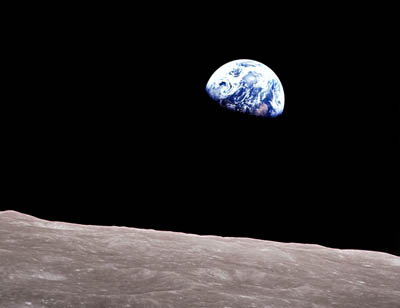
The first time people got a glimpse of the whole Earth was December 1968. Apollo 8 astronauts, en route to and from the Moon, took pictures of the Earth from space. In their photographs, the Earth looks
...more
Earth is a dynamic place. Matter cycles around the Earth system in various ways. Rocks form, erode, melt, and form again through the rock cycle. Water flows through the water cycle. Elements move through
...more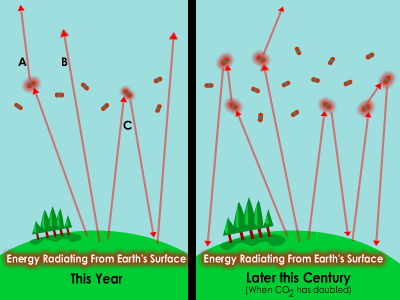
Energy from the Sun can enter the atmosphere, but not all of it can easily find its way out again. This is a natural process called the greenhouse effect. Without any greenhouse effect, Earth’s temperature
...more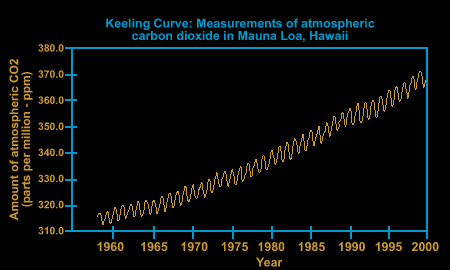
Today, the carbon cycle is changing. Humans are moving more carbon into the atmosphere from other parts of the Earth system. More carbon is moving to the atmosphere when fossil fuels, like coal and oil,
...more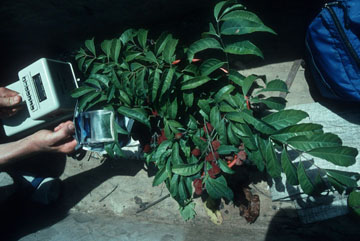
There are many different ways that the biosphere (the plants, animals and other life on our planet) affect climate. Some produce greenhouses gases and promote warming of our planet through the greenhouse
...more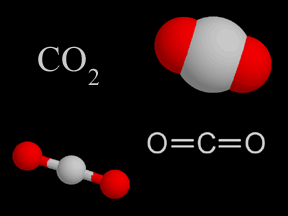
Carbon dioxide is a colorless and non-flammable gas at normal temperature and pressure. Although much less abundant than nitrogen and oxygen in Earth's atmosphere, carbon dioxide is an important constituent
...more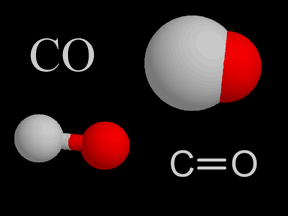
Carbon monoxide is a colorless, odorless, tasteless gas. It is also flammable and is quite toxic to humans and other oxygen-breathing organisms. A molecule of carbon monoxide (CO) contains one carbon atom
...more














